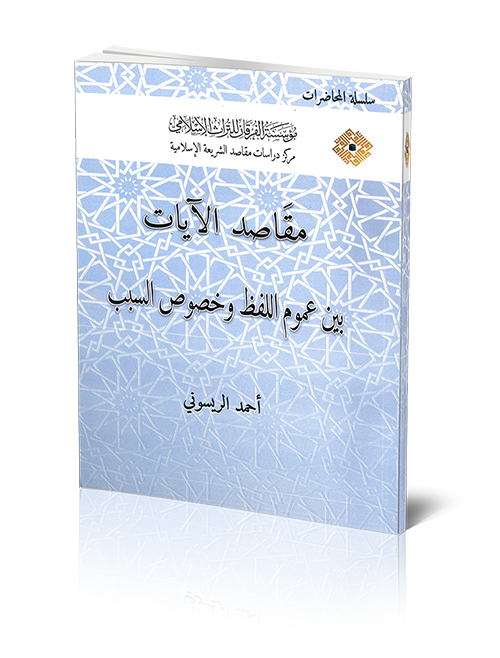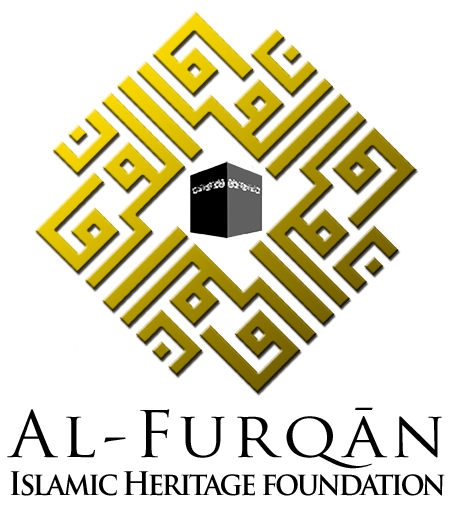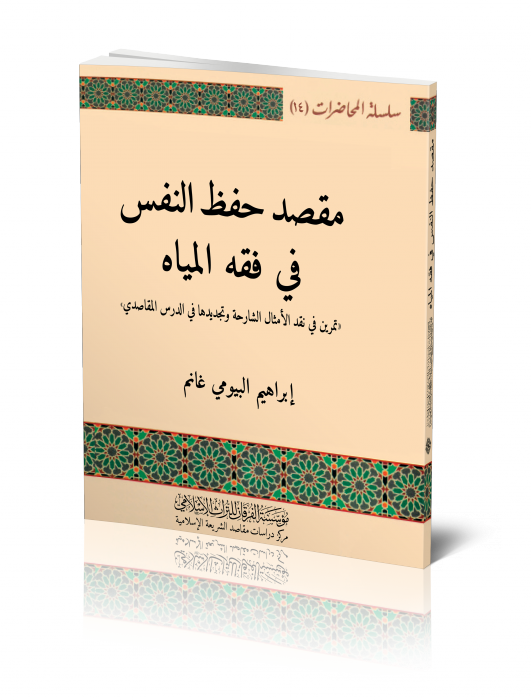This important lecture addresses a fundamental and critical contemporary topic, namely the “alternative arts”. These are described as alternative because the underlying intention is to establish arts based on an Islamic frame of reference, through competence and integrity, a comprehensive concept, genuine resolution, and insightful authority. The goal is to benefit people, revive aesthetics, and exercise creativity, while appropriately considering the context, but without excluding other arts. Furthermore, alternative arts are founded on noble values, diverse forms of expression, human dimensions, functional goals, and interconnected knowledge domains. Islamic law texts (nuṣūṣ) and objectives (maqāṣid) are the foundation of these alternative arts, within an inclusive theoretical reading, and a framework of application of rulings (aḥkām) with their associated Islamic textual basis and objectives. Such rulings are deployed to reality, using a measured approach that premeditates the consequences of actions, determining the effective cause, acting within the realm of what is possible, and securing people’s interests. The application of the alternative arts in reality requires preparation in establishing a deep awareness of these arts, and correcting the understanding of their importance, types, and role in refining human emotions, reinforcing values, affirming the truth, doing good, achieving entertainment, and establishing decoration and beauty, as the essence of the arts, and its renewed civilizational context. In addition, awareness is built through education and training, while providing society with individuals possessing skilled artistic expertise, as well as projects, resources, institutions, and areas of knowledge, within the framework of the alternative arts. Arts scholars’ and Muslim jurists’ circles, and all those concerned should come together to establish a system for these new alternative arts. This should be based on an innovative vision, with reference to the principal sources of religion, by incorporating literary links and objective agreements. Indeed, the outcome is to institute what fulfils the Muslim nation’s role as witness, and secures the interests of people, world peace, human mutual knowledge, and revives the duty of the moment, while highlighting the fine qualities of Islam in an appealing and qualitative manner.
 Shared Knowledge
Shared Knowledge


 The Objectives of Qurʾānic Verses: Between the General Meaning of the Word and the Specific Reason of Revelation
The Objectives of Qurʾānic Verses: Between the General Meaning of the Word and the Specific Reason of Revelation The Use of Proofs of Islamic Law Between the cross-linking method and the deconstruction method
The Use of Proofs of Islamic Law Between the cross-linking method and the deconstruction method The Purpose of Self-Preservation in the "Jurisprudence of Waters": An Exercise in Criticism and Renewal of the “Explanatory Proverbs” in Maqāṣid Teaching
The Purpose of Self-Preservation in the "Jurisprudence of Waters": An Exercise in Criticism and Renewal of the “Explanatory Proverbs” in Maqāṣid Teaching